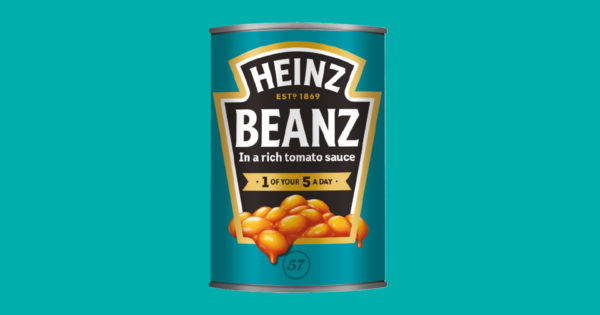Walmart data to be used to personalize connected TV ads
Spark Foundry and Campbell Soup Co. among early users of capability through Innovid.

Innovid struck a deal with Walmart Connect to use the retail giant’s data to target and deliver personalized creative to shoppers on connected TV networks.
Publicis Media’s Spark Foundry and its Campbell Soup Co. client are among early users of the capability, which is delivered via Walmart Connect’s demand-side platform (DSP), managed through The Trade Desk.
The move comes as brands, in particular packaged-goods marketers, rapidly increase their spending on both retail media and CTV, and retail media networks increase their efforts to harness their data to let advertisers shape their buys on CTV. Although that capability means leaning on retailer second-party data for a price, it is reshaping marketing for CPG and other players that don't sell direct and thus have had limited ability to target ads and shape creative based on purchase behavior.
Retailers have the ability to “build very robust segments based on the behavior of real people inside households,” said Dave Helmreich, chief commercial officer of Innovid. While CPG and other marketers that don’t sell direct are used to working off of segments based on models of consumer behavior, “with retail media networks, it’s census data from their customers and what they’re buying. They have more insights on customer behavior than any of the third parties providing some of this data historically.”
Kroger Precision Marketing last year opened its retail data marketplace for use in connected TV buys via several DSPs. Roundel has made similar moves. And Amazon—both a retailer and a substantial player in ad-supported CTV via its own Freevee network and others—also makes data available for targeting on streaming networks.
What makes Walmart Connect’s offering different is that some other retailers may make their data available in the form of pre-set segments to use within private marketplaces for CTV buys. “We don’t have access to their data within a DSP to play around with,” said Jim Rubio, associate director for precision at Spark Foundry. “Being able to have Walmart’s first-party data customizable in their DSP platform, then be able to apply in a bid some dynamic creative optimization [different creative approaches served based on the customer] I think is going to stand out for sure compared to other retailers.”
Rubio said Campbell Soup Co. is the marketer Spark is initially working with on dynamic creative optimization via Walmart Connect to CTV. Publicis Groupe creative shops, including Saatchi & Saatchi, are handling the personalized creative, he said.
“I think this is going to be a huge thing,” Rubio said. Up to now, collaborations with Walmart have included a more limited range of segment targeting and creative permutations, he said. “But being able to add additional layers in there and adjust creative as needed, especially through a DCO capability, I think helps build more engaged users.”
Walmart is limited in that it doesn't collect purchase data on nearly all transactions through a loyalty program, as some other retailers such as Kroger do. But Helmreich said Walmart’s fast-growing e-commerce business with store pickup is generating a growing pool of customer data. Given that a substantial portion of Walmart shoppers who schedule pickup orders end up going into stores, much like sibling Sam’s Club has found, that provides an additional time signal combined with data on what’s already in a shopping cart, which could allow for more timely offers, he said.
“Historically, dynamic creative used more widely available signals like time of day, location, weather or other things that were more easily accessible,” Helmreich said. “The unique nature of retail media gives us access to first-party data signals from Walmart audiences and expected behaviors of these individuals.”

 ShanonG
ShanonG 































